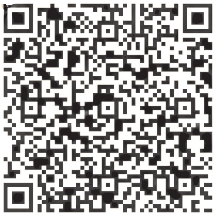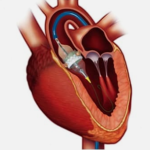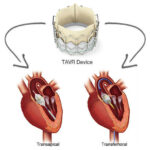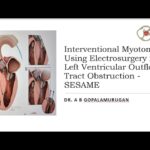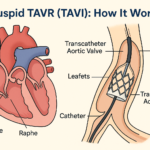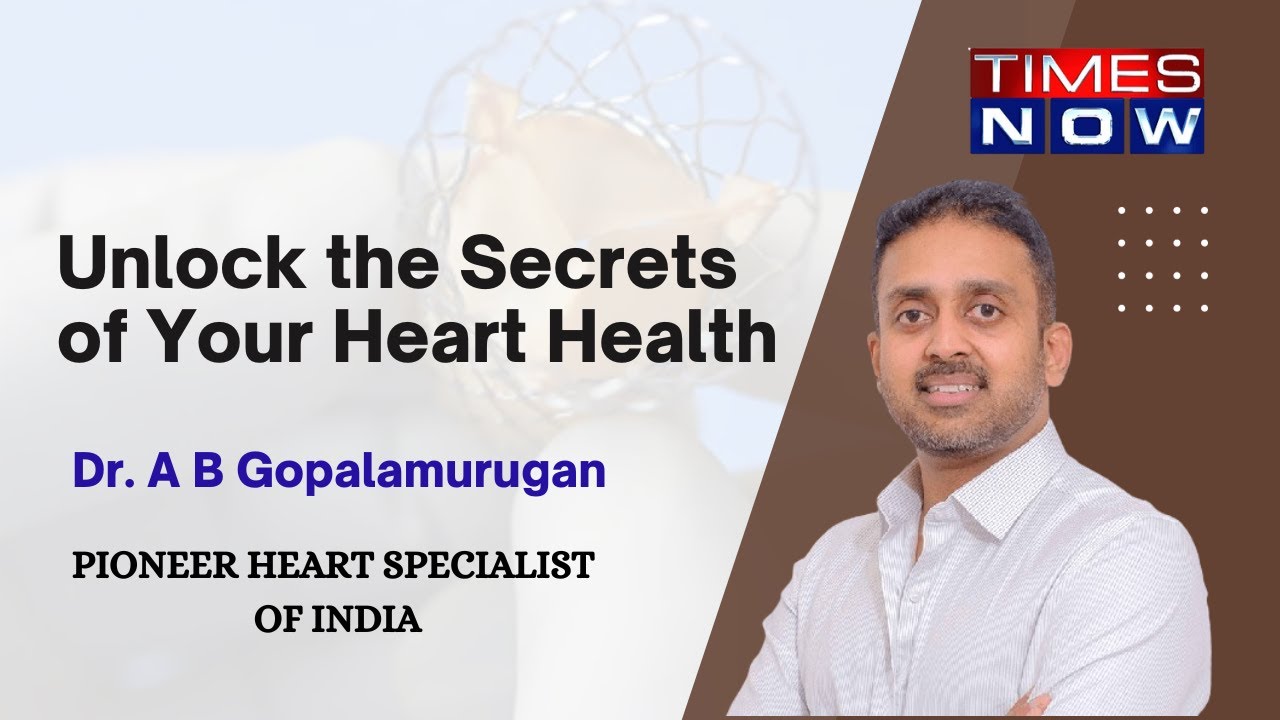 12 July, 2025
12 July, 2025
Understanding Heart Attack, Cardiac Arrest, and Heart Failure: Key Differences Explained
In the realm of cardiovascular health, terms like heart attack, cardiac arrest, and heart failure are often used interchangeably, leading to confusion. In this article, we delve into these conditions as explained by Dr. A B Gopalamurugan, a distinguished expert in interventional cardiology and electrophysiology. By understanding the nuances of each condition, we aim to provide clarity and insight into how they differ and what they mean for patients.
The Basics of Cardiovascular Conditions
Cardiovascular diseases encompass a wide array of conditions, but heart attacks, cardiac arrests, and heart failure are among the most critical. These terms, though related, signify different medical emergencies and have distinct implications for treatment and prognosis.
Heart Attack: A Blockage in the System
A heart attack, medically termed myocardial infarction, occurs when the blood vessels supplying the heart muscle become blocked. This blockage prevents oxygen-rich blood from reaching a section of the heart, which can cause significant damage if not promptly treated. The blockage is usually due to a build-up of plaque, which can rupture and form a clot.
Heart attacks are serious but not immediately life-threatening events. They require urgent medical attention to restore blood flow and minimize heart damage. Symptoms may include chest pain, shortness of breath, and discomfort in the arms, back, neck, or jaw.
Cardiac Arrest: The Heart Stops
Cardiac arrest is a critical condition where the heart suddenly stops beating. Unlike a heart attack, which involves a blockage, cardiac arrest is primarily an electrical problem. The heart’s electrical system malfunctions, leading to an irregular heartbeat, or arrhythmia, which causes the heart to stop pumping blood efficiently.
This condition is a medical emergency that requires immediate intervention, such as CPR or defibrillation, to restart the heart. Without prompt treatment, cardiac arrest can lead to death within minutes. It is crucial to differentiate cardiac arrest from a heart attack, as the treatments and immediate responses differ significantly.
Heart Failure: A Decline in Pump Function
Heart failure, often referred to as congestive heart failure, occurs when the heart is unable to pump blood effectively to meet the body’s needs. This condition can result from various underlying issues, including previous heart attacks, high blood pressure, or heart valve disease.
Unlike cardiac arrest, heart failure is a chronic condition that develops over time. Patients may experience symptoms such as fatigue, swelling in the legs, and shortness of breath. Treatment focuses on managing symptoms and slowing the progression of the disease.
Causes and Risk Factors
While these conditions are distinct, they share common risk factors that can contribute to their development. Understanding these can help in prevention and management.
Common Risk Factors
- High Blood Pressure: Increases the risk of heart attack, heart failure, and can contribute to arrhythmias leading to cardiac arrest.
- High Cholesterol: Leads to plaque build-up in the arteries, which can cause heart attacks.
- Smoking: Damages blood vessels and increases the risk of all three conditions.
- Diabetes: Affects blood vessels and increases the risk of heart disease.
- Family History: Genetics can play a role in the likelihood of developing heart conditions.
Prevention and Management
Prevention strategies for these conditions often overlap, focusing on lifestyle modifications and regular medical check-ups.
Lifestyle Changes
- Healthy Diet: A diet rich in fruits, vegetables, whole grains, and lean proteins can improve heart health.
- Regular Exercise: Physical activity strengthens the heart and improves circulation.
- Smoking Cessation: Quitting smoking reduces the risk of cardiovascular diseases.
- Weight Management: Maintaining a healthy weight reduces strain on the heart.
Medical Interventions
For those with existing conditions or high risk, medical interventions may be necessary. These can include medications to manage blood pressure, cholesterol, and diabetes. In some cases, surgical procedures such as angioplasty or bypass surgery may be required to restore blood flow and repair damaged heart tissue.
Understanding Symptoms and When to Seek Help
Recognizing the symptoms of these conditions and seeking prompt medical attention can significantly impact outcomes.
Symptoms to Watch For
- Chest Pain: A common symptom of heart attack, often described as pressure or squeezing.
- Shortness of Breath: Can be a sign of heart failure or a heart attack.
- Palpitations: Irregular heartbeats may indicate arrhythmias leading to cardiac arrest.
- Fainting or Dizziness: Could signal cardiac arrest or severe heart failure.
If any of these symptoms are experienced, particularly if they are sudden or severe, it is crucial to seek emergency medical care immediately.
Conclusion
Understanding the differences between heart attack, cardiac arrest, and heart failure is essential for effective prevention, management, and treatment. While they share some risk factors and symptoms, each condition requires specific responses and interventions. By focusing on lifestyle changes and being aware of symptoms, individuals can reduce their risk and improve their heart health.
FAQ
What is the main difference between a heart attack and cardiac arrest?
A heart attack is caused by a blockage in the blood vessels supplying the heart, while cardiac arrest is an electrical malfunction that causes the heart to stop beating.
Can a heart attack lead to cardiac arrest?
Yes, a heart attack can lead to cardiac arrest, but not all heart attacks result in cardiac arrest. Immediate treatment of a heart attack can help prevent this progression.
Is heart failure the same as a heart attack?
No, heart failure is a chronic condition where the heart cannot pump blood effectively, whereas a heart attack is an acute event caused by a blockage in the heart’s blood vessels.
What lifestyle changes can reduce the risk of these heart conditions?
Adopting a healthy diet, engaging in regular exercise, quitting smoking, and managing weight and stress are key lifestyle changes that can reduce the risk of heart conditions.
When should I seek medical help for heart-related symptoms?
Seek immediate medical attention if you experience symptoms such as chest pain, shortness of breath, palpitations, or fainting, especially if they are sudden or severe.




